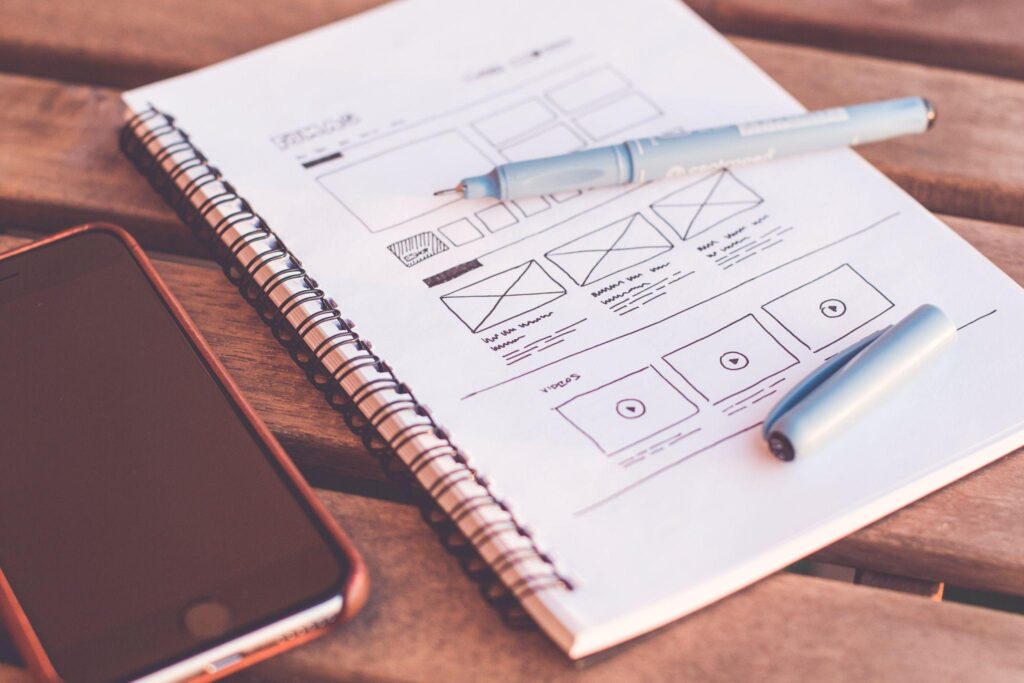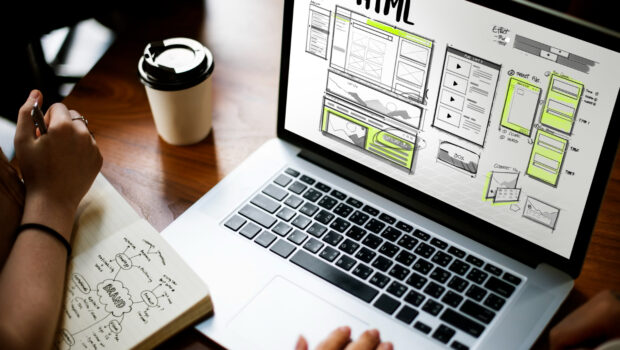7 Ways How Web Design Helps With SEO
If you have a business of your own, then you want to rank higher in the search engine results pages, right
“Good website design can rank higher on its own without SEO.” Nope, the truth is that you cannot always be in top rankings with just good content and flashy graphics.
So what should you do? You must always keep in mind that search engine optimization and web design works together.
If you can nail these two together, then there is a high chance that your website can be in the top ranking, which ultimately means more website traffic, more lead generation, and possibly more sales.
Already interested, right? Wanna know more about these things? I have included most of the things you need for your website to be in the top rankings below in the article. Check it out!

What is SEO Website Design?
First of all, you need to understand that search engines send their bots to crawl your website so that they can gain information from your website and store them. That is how your website is recommended to the people searching for similar products your business has.
Furthermore, for easy crawling, you need a simple way. It is where SEO website design comes in. So what is SEO Website design?
Simply, designing and developing websites that are SEO-friendly is known as SEO website design.
How are Web Design & SEO Related?
The motive of both Web Design and SEO is to provide a good user experience.
Search Engine Optimization helps you rank the website so that a user can visit your website. After visiting a website, if the design is not helpful for them, they are less likely to engage.
Hence, both SEO and Web Design are related to each other. So if you can work these both, then there is a high chance you can reach many people and may your business roll.
Is SEO Website Design That Important?
Website Designers and SEO perform different tasks. One is responsible for how the website will look, and the other is responsible for ranking the website in the search engine results. Therefore, most companies have a team of designers and SEOs working together.
● Different Design Affects Search Engine Optimization
Your website might have high website traffic, generating leads from Facebook advertising.
In some cases, the business changes its domain name, and when old customers come to your website, they need to be redirected to the new domain name.
So, if an SEO does look into this, you may lose many of your customers, old or new. Therefore, SEO must know even when a domain name change is modified.
● Web Designing based on SEO
Many things fall under Search Engine Optimization like page speed, device responsiveness, media files, architecture, and many more. So looking at these factors of SEO, the website may be designed in such a way that it matches all these factors.
If it is done so, there is a high chance that your website will rank high.
Wanna know more about the design factors that help in Search Engine Optimization?

SEO must also be done with a good website design. But how do you start? It may be best to learn by yourself, but that might take too much time. How about hiring SEO services that has helped businesses in Singapore to do the job?
With us, there is no need for you to worry about all the things I mentioned above. We will take care of your website like ours. All the factors like content optimization, media files, URLs, responsiveness, and many more will be checked.
Along with that, we will keep every record of the website traffic, lead generation, bounce rates, conversion rates, etc. So why not give it a try?
7 Ways How Design That Helps with SEO
1. Simple Website Design
According to Logical Media Group, 38% of the users will exit your site if the design is not good or is pretty congested. Also, when the site is complex, the site’s speed, functionality is affected.
In addition, it affects the website’s performance and creates doubts in the user’s mind about your business. They will not be comfortable engaging with you. Therefore, your website must be simple and easy to use.
2. Readability
Keep yourself in the user’s position. Would you stay on the website if you cannot read a single thing properly? No, right. You should always design a website where you can read the website contents without any hassle, and the contents must be relatable to the terms they search in the search engines.
Proper choosing of the fonts, font colors, and sizes, listing things, short paragraphs are some of the things that make readability easy. Also, the keywords you use in the content are vital for your website to rank.
3. Code
According to Absolute Web, Google finds flashy websites hard to index and crawl. So it is best if you tell your designers to design simple websites with simple content.
Usually, designers use heavy HTML and CSS codes to design flashy websites, which is difficult to index and affects the website’s speed and performance.
4. Mobile Responsive Website

The majority of people are, without a doubt, using mobile devices these days. Therefore, tell the designer to make a mobile responsive website. If not, you may not provide a good user experience and lose a potential customer.
Also, according to Google, Mobile responsiveness is one of the factors that affects website SEO.
5. Media Files
You may think that the high-resolution images and videos should be included on the website so that everyone will like them. But you are wrong. High-quality media files will take high load times and drastically reduce the site speed.
Here are some of the different things to keep in mind when uploading a media file to your website, which helps in Search engine optimization.
● File Size
According to Zimdo, the optimal media file size of larger images should be no more than 1MB, and other smaller web graphics can be 300KB and not more than that. Similarly, if you use a screen background, the recommendation is 2000 pixels.
● File Names
With the image size, you should also keep the file names simple. For instance, if your file name is ‘IMG_89238’, bots might find this hard to index. Therefore, a simple file name like ‘Image 1’ might help. Otherwise, it may affect the load times of the website.
● Alt Tags
The last one is alt tags. What if the Internet speed is slow and cannot load the media file you uploaded. Therefore, alt tags are used to know what the media file is about. Also, search engines will know what the media file represents, which ultimately affects the SEO of the site.
6. Table of Contents
Adding a table of contents is a good practice. It helps users know what is in the article, but it also helps search engines to the index quicker. Therefore, there is a high chance that plenty of the information may get indexed quicker.
For good SEO and user experience, you might want to add jump links that help users to jump to the specific topic they want in the content.
7. URL Structures
All the pages in the website must have a proper URL structure that represents the content on the page. The URLs with descriptive words help search engines know more about the page.
Similarly, the words in the website URL must be separated from one another with the help of hyphens (e.g., 7-ways-to-design), not by underscores (e.g., 7_ways_to_design).
Cover Image by Freepik
















